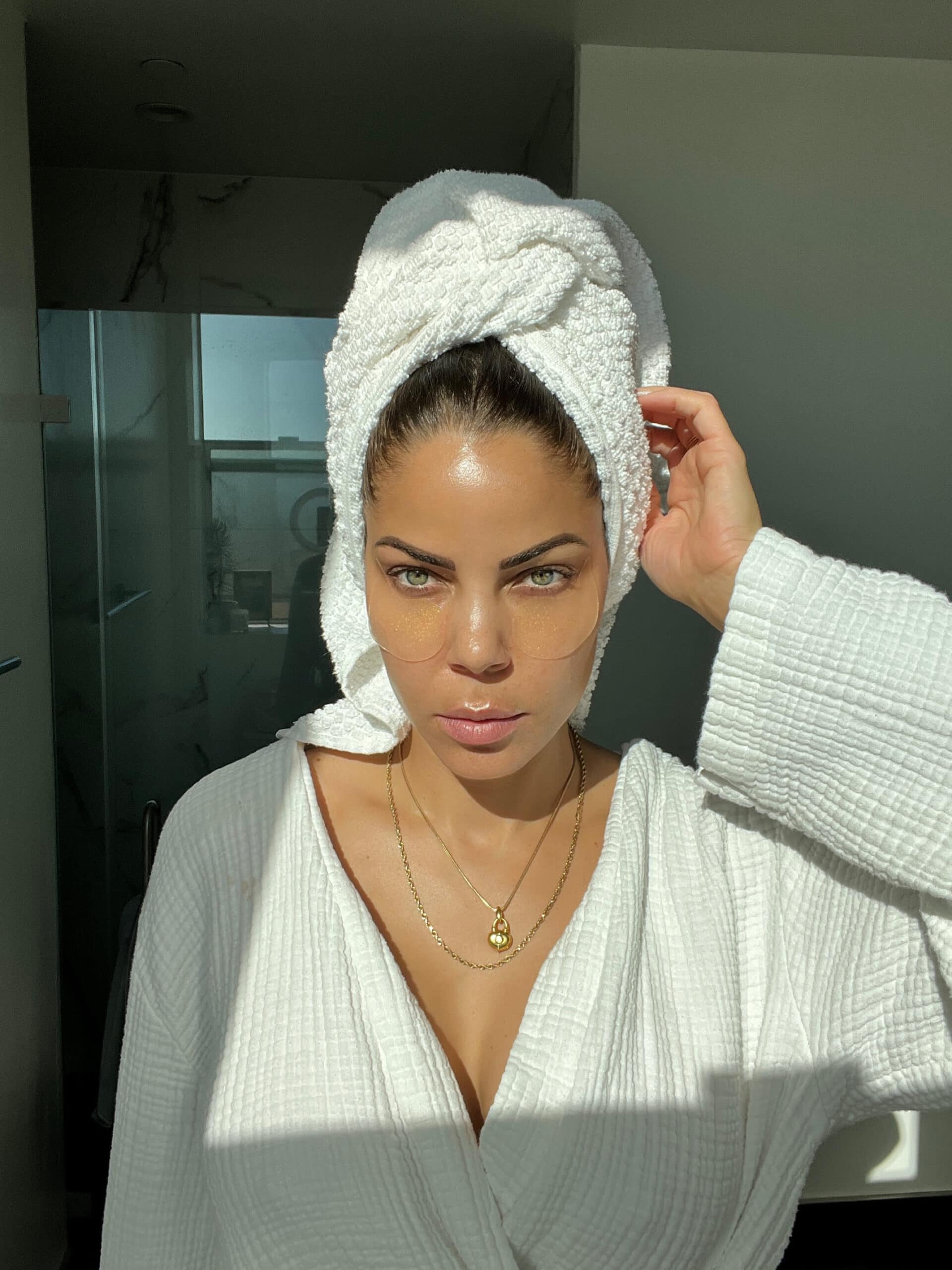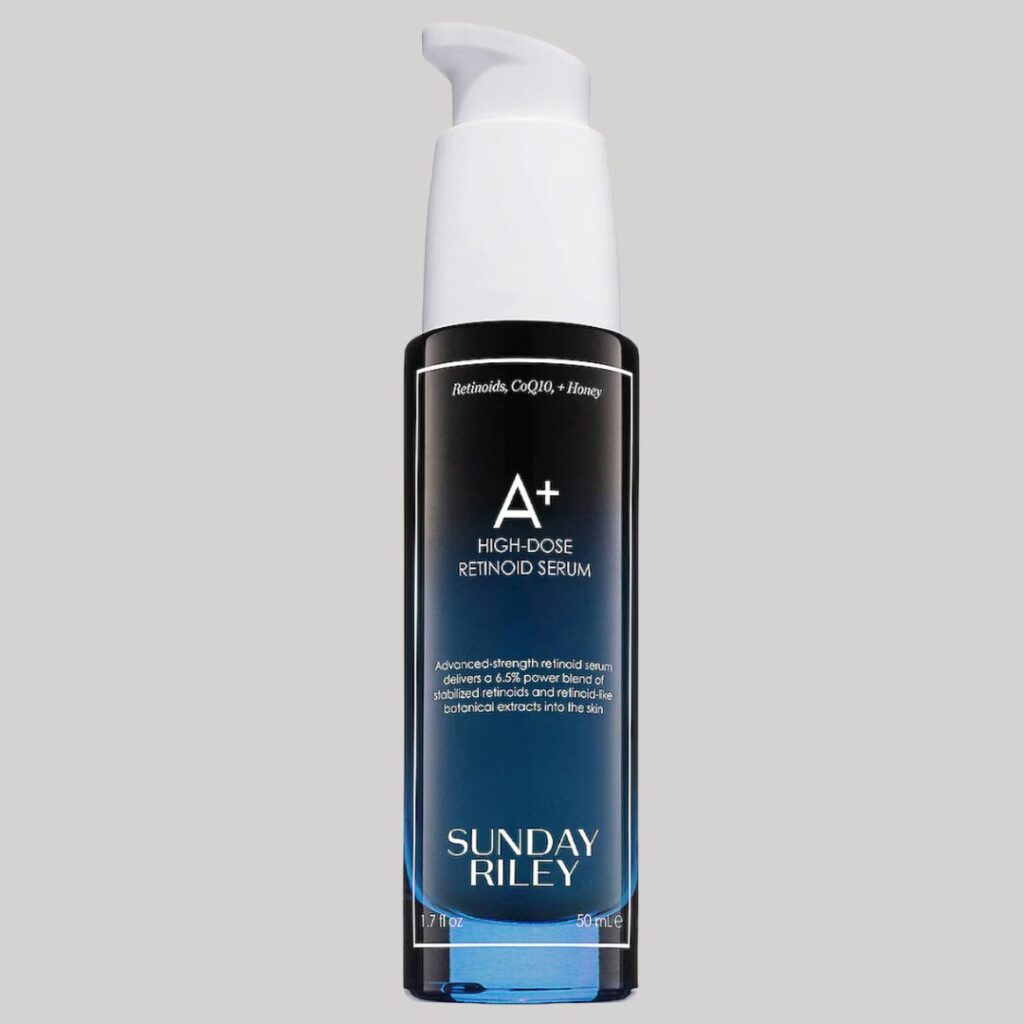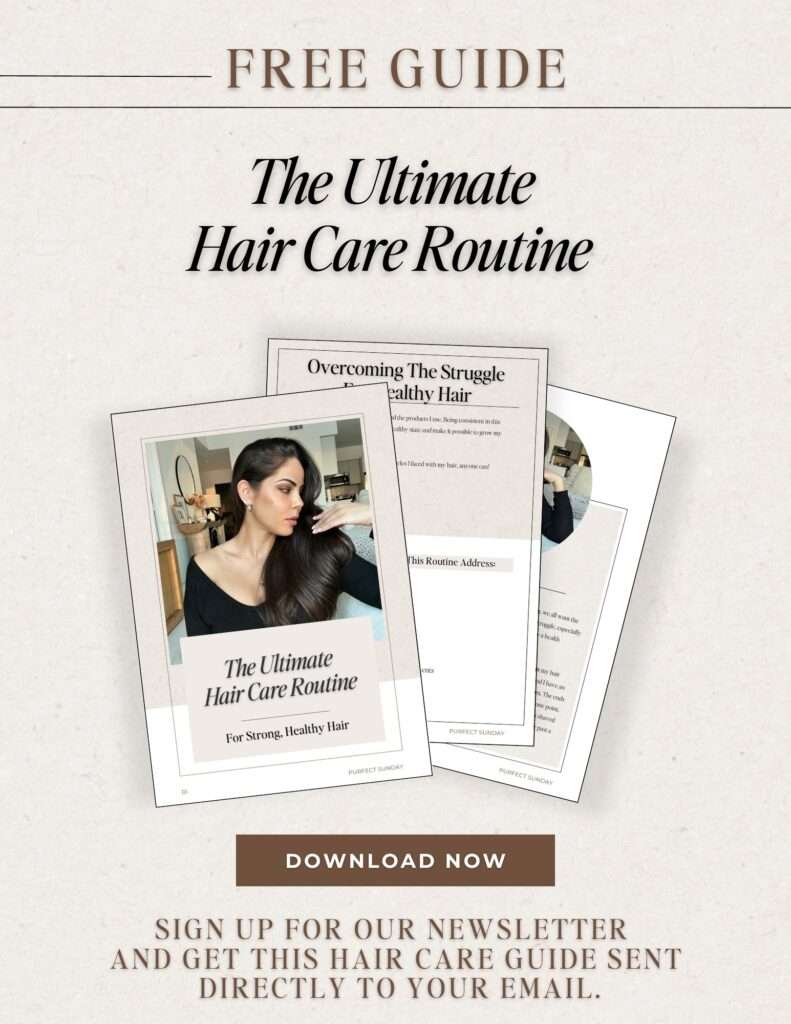
What Is Skin Cycling And Why You Should Try It
Skin cycling has recently become a popular skincare trend. Hashtags for skin cycling have already amassed millions of views across social media platforms like TikTok and Instagram. But unlike most popular trends that come and go, a skin cycling routine is actually worth keeping around.
Since I incorporated skin cycling into my skin care routine a few months ago, I thought it would be a good time to review it. What it is, the benefits of skin cycling, and how you can incorporate it into your own routine.
What Is Skin Cycling
Skin cycling is a nighttime skin care routine that involves alternating active ingredients on certain days and followed by “rest days.” Dr. Whitney Bowe MD, is a New York-based dermatologist who coined the term skin cycling and came up with the concept. She believes adopting a skin cycling routine is an effective way to treat your skin with active ingredients while minimizing the risk of the skin barrier being compromised. The classic skin cycling regimen is a four-night cycle of exfoliating, retinoid products, and rest days.
Benefits Of Skin Cycling
- It’s gentle. You can avoid skin irritation because you don’t overuse potentially irritating active ingredients.
- Products work more effectively. Exfoliating dead skin cells first allows other ingredients to penetrate the skin more effectively.
- Skin becomes more resilient. Rotating skin care products allows your skin to build strength and better tolerate the subsequent ingredients in the routine.
- The skin biome isn’t compromised. This routine gives your skin’s barrier time to rest and heal.

Skin Cycling Routine
Night 1: Exfoliation
The first night of a skin cycling routine focuses on exfoliation. Begin by washing your face with a gentle cleanser and patting your skin dry. Next, apply your exfoliating product. Chemical exfoliants containing ingredients like AHAs, BHAs, and PHAs are preferred. Exfoliating acids remove dry skin and dead skin cells, allowing other skin care products to penetrate more deeply into the skin. These products are also more effective than physical scrubs and less likely to disrupt the skin barrier and irritate the skin.
After applying the exfoliant, use a moisturizer to hydrate and protect your skin.
Night 2: Retinol
Following exfoliation night is retinoid night. Retinoids are a prescription-strength vitamin A derivative that helps reduce the appearance of fine lines and wrinkles. Retinoids are a powerful active ingredient and can cause irritation until your skin adjusts to its use. If you have sensitive skin or are newly adding the ingredient to your skin care regimen, you may want to start with a more gentle over-the-counter retinol-based product.
Start by cleansing your face and patting dry before applying a small amount of your retinoid over your whole face, down the neck, and across the top of your chest. Follow with a good hydrating moisturizer.
If you are especially sensitive to retinoids or have reactive skin, apply a moisturizer first to the sensitive parts of your face. Pay particular attention to the under-eye area and the corners of your nose and mouth; this will act as a buffer and help reduce irritation. Then, apply your retinoid to your face, neck, and chest. If your skin is still feeling dry, apply another layer of moisturizer.
Nights 3 and 4: Repair and Recovery
Nights three and four of the routine are recovery nights. On these nights, you hold off on all exfoliating and retinol products. Instead, the focus is on giving your skin time to recover and repairing your skin barrier by adding hydration and moisture.
Begin by washing your face with a gentle cleanser and then pat dry. While your skin is still slightly damp, apply a hyaluronic acid serum to your face and follow with an eye cream and moisturizer. If your skin is really dry, seal in your moisturizer with face oil.
Frequency
A skin cycling routine can always be adjusted to your skin type and specific needs. If your skin still feels tight and dry after two recovery nights, add another night for recovery. Likewise, if your skin is adjusting well to the retinoid use, you can subtract a recovery night and keep a three-day skin cycling routine.
Skin Cycling Products
Exfoliators
Look for chemical exfoliating products that contain ingredients like AHAs, such as lactic or glycolic acid. BHAs, like salicylic acid and PHAs, if you have super sensitive skin.
Retinoids
Retinol is a weaker version of retinoids that can be bought over-the-counter and comes in multiple strengths. If you’re new to retinol use, it’s best to start with a lower percentage until your skin becomes accustomed to its use before moving to a higher strength. The higher-strength retinoids, also known as tretinoin, require a doctor’s prescription.
Moisturizers
When looking for a moisturizer, you want to choose a nourishing formula that will support the skin barrier. Look for one that contains humectants like hyaluronic acid and glycerin or ceramides in the ingredients.

Does Skin Cycling Work
According to Dr. Bowe, you may start to see the positive results of skin cycling in as little as eight days. But the longer you do it, the bigger the improvements in your skin, the better your results will be!
Skin Cycling Before And After


I’ve noticed several big changes in my skin since I began following the concept of skin cycling. For starters, I’ve always had acne prone skin, specifically around my jawline. Breakouts in that area are usually considered hormonal acne, and I think that my Hashimotos Disease is responsible for that. I no longer overuse products in a way that drys my skin and makes my breakout worse.
Hyperpigmentation is my other main skin concern. Over the last few months, most dark spots have lightened up significantly. And since I no longer break out as much, I’m not constantly battling new acne marks.
Another big difference is how much more hydrated my skin is. I no longer have days of irritated or flaking skin from retinol use. Overall, my skin is clearer, more even, hydrated, and glowing!
No matter your skin type, I believe a skin cycling routine can help you reach your specific skin goals. I’d love to hear your experiences with it, and how your skin has changed from incorporating this into your daily routine.
Xx Monti










